The Challenge
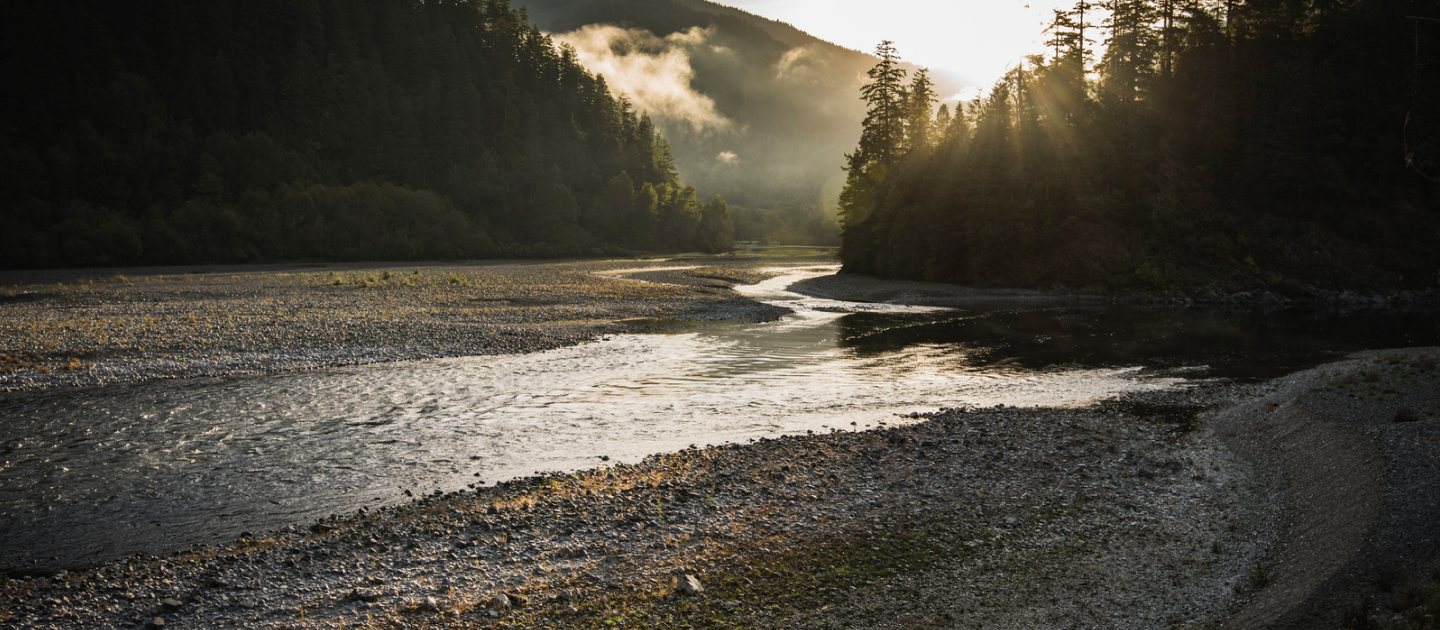
The Challenge
Every year, flow in many Northern California headwater streams drops to critical levels or dries up entirely, largely due to numerous small water diversions for uses such as farms, vineyards, and residences. In recent years, these impacts have been compounded by new diversions for cannabis cultivation.
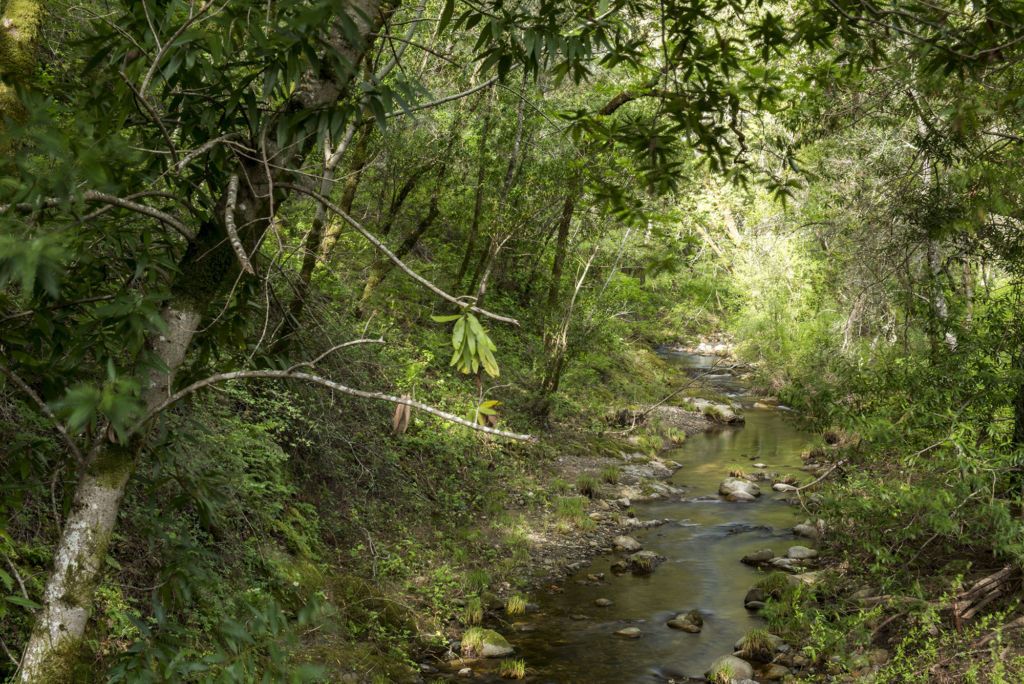 Little Arthur Creek near Gilroy, CA © Trout Unlimited
Little Arthur Creek near Gilroy, CA © Trout Unlimited A Natural Abundance of Water
A Natural Abundance of Water
The good news is that in contrast to many areas of the state, coastal California is actually blessed with a natural abundance of water: more than enough precipitation falls in coastal watersheds during the winter rainy season to meet the needs of both people and the environment.
By using the right water management techniques – for example, storing winter water to meet summertime needs – we can harness this natural abundance to provide ample water for both people and fish. But to realize this vision, we must overcome several high hurdles.
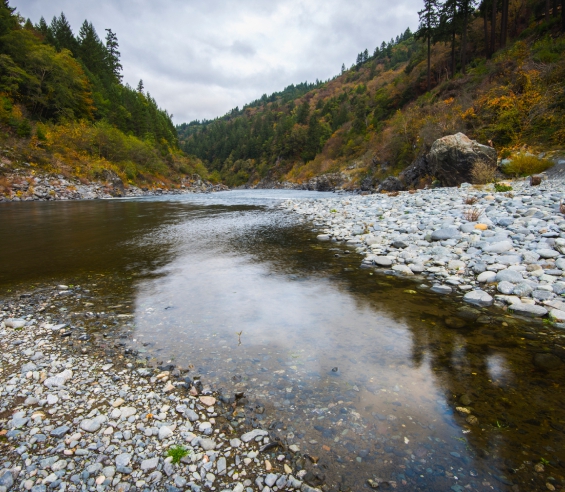 © The Nature Conservancy
© The Nature ConservancyA Mismatch in the Timing of Supply and Demand
The first problem is that the highest demand for water occurs in the late summer months, when the weather is hottest and crops are thirstiest.
This is also the height of the dry season in California’s Mediterranean climate, and precisely when streamflows are at their lowest.
So while in theory there is plenty of water to go around, in practice there is a serious mismatch in the annual timing of supply and demand.
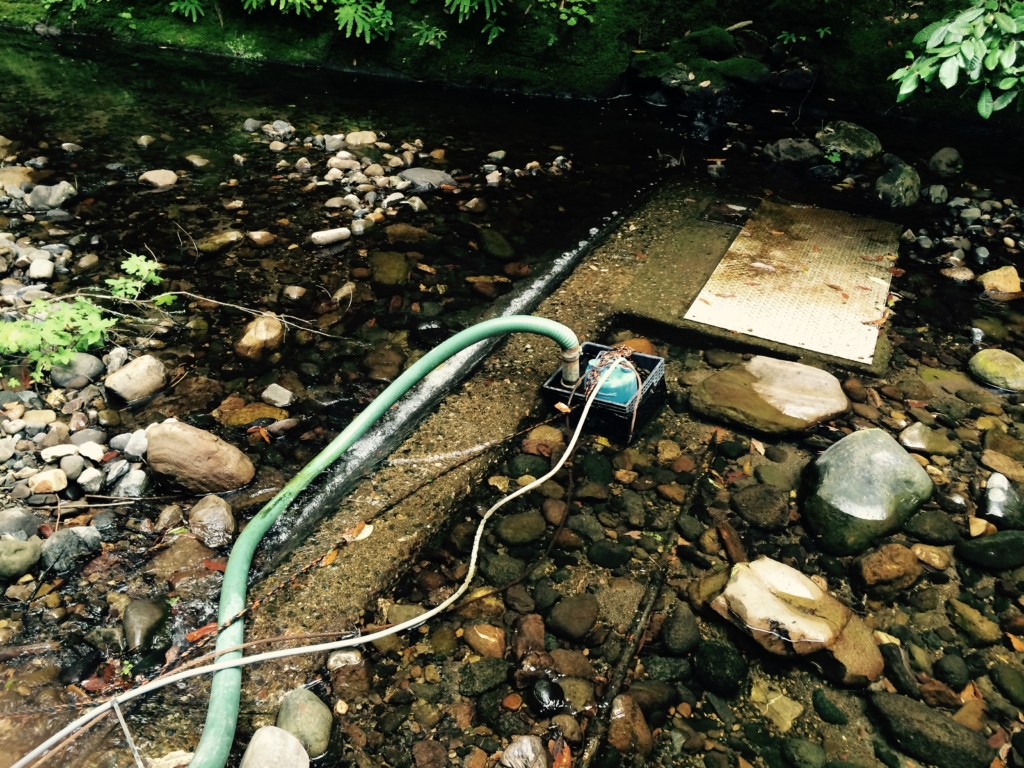 Portola Diversion © Trout Unlimited
Portola Diversion © Trout Unlimited An Antiquated System of Water Law
An Antiquated System of Water Law
A second challenge comes from California’s outmoded set of water laws, which allow most streamside landowners to divert water throughout the year but require them to obtain expensive permits if they want to capture water during the wet season and store it for use in the summer months.
This creates a strong disincentive for traditional water users to improve their practices voluntarily. And water law provides few penalties for continuing harmful water management.
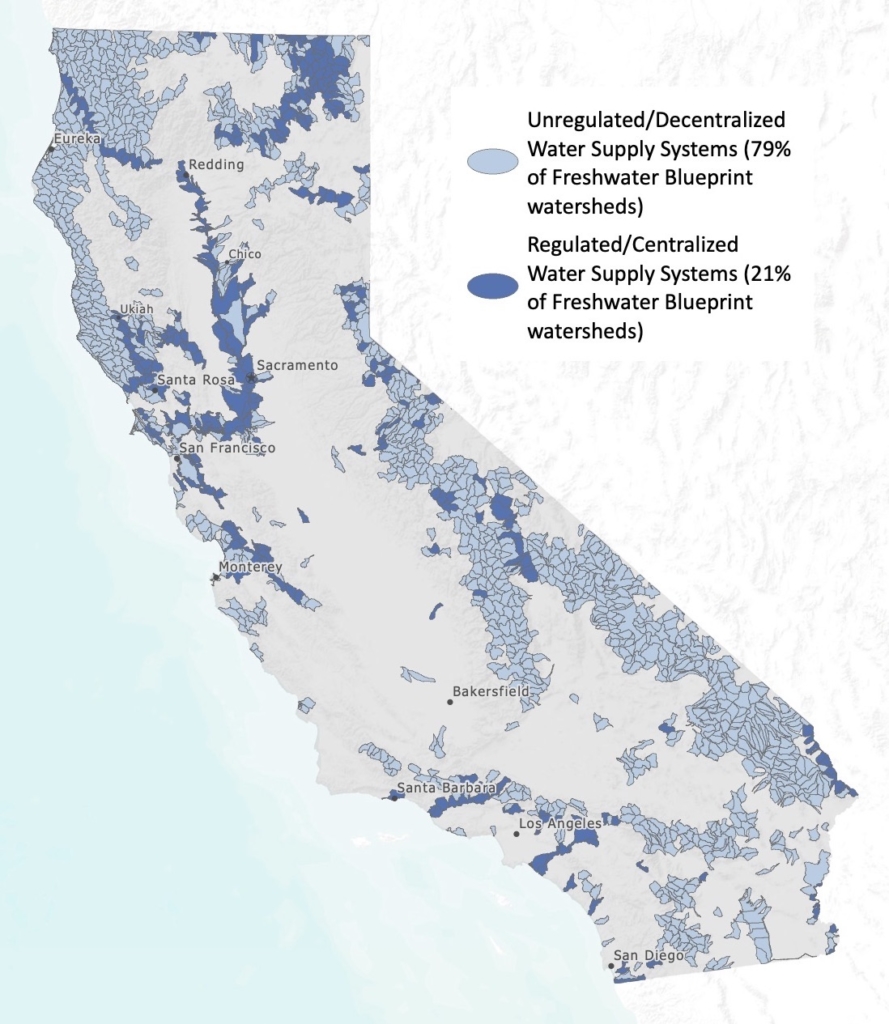 California Freshwater Blueprint - Unregulated and Regulated Watersheds map © The Nature Conservancy
California Freshwater Blueprint - Unregulated and Regulated Watersheds map © The Nature ConservancyThe Need to Work at Scale
A third challenge is that the scale of the problem is huge. In order to meaningfully improve streamflow, thousands of water diversions must be addressed at scale.
As the map to the left shows, there are scores of small, unregulated watersheds in coastal California with high biological values. Most of these watersheds have numerous small diversions that can impair dry season flows, particularly in dry years.
Making these diversions fish-friendly will in most cases require new water rights, or modifications to existing ones. Under current policies, it can take years to process a change to a single water right.
This places a premium on developing regulatory tools that can be implemented with a minimum of time and expense, and that encourage multiple water users to work collaboratively to increase flows at the watershed scale.
While the challenge is a daunting one, the Coalition believes it can be overcome with the right mix of solutions based on sound science, innovative policy, and collaboration among partners.
To learn more about the challenges salmon are facing in California rivers, please visit our partner website: The State of Salmon in California.

